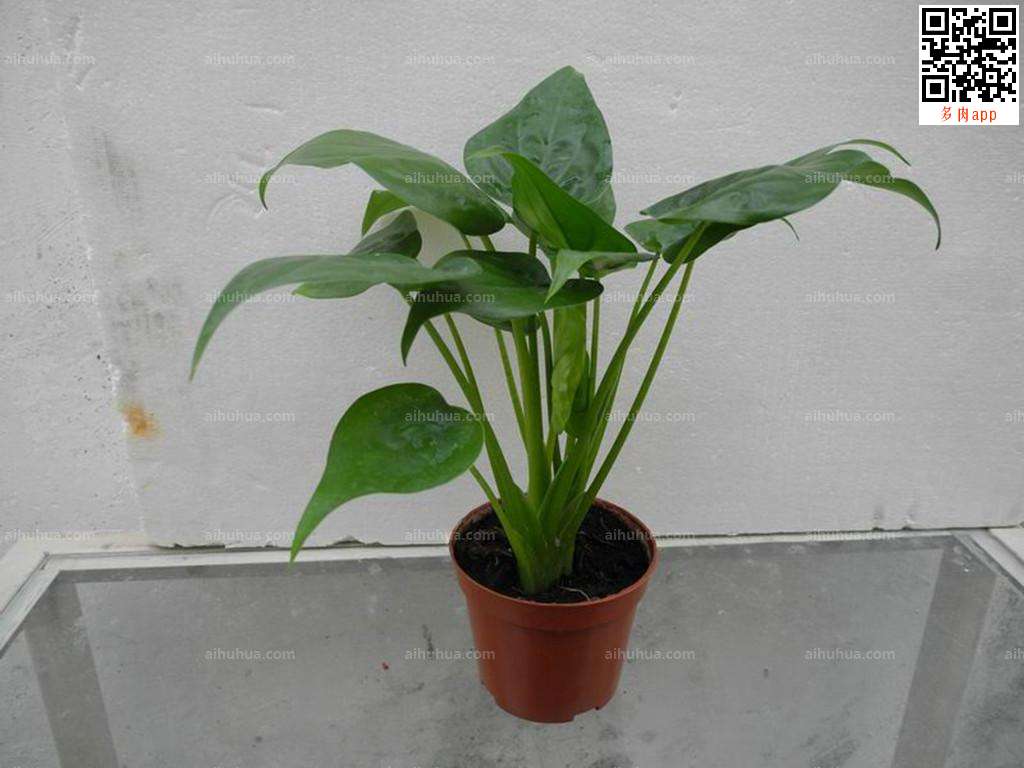Prevention and treatment of Guanyin sunburn in dripping water
It happens everywhere, and the leaves, flowers, stems and fruits of a variety of woody and herbaceous flowers can be damaged and hindered ornamental.
Symptoms summer plants are exposed to strong sunlight, the leaves appear water stains and then quickly lose water and become grayish white.
The longer the growth time of the plant in the shade, the more tender the tissue, the higher the temperature in the sun, the longer the irradiation time, the more serious the disease.
Prevention and control methods to strengthen cultivation management. Dripping Guanyin likes high temperature and high humidity, the suitable temperature for development is 20: 28 ℃, the winter temperature is not less than 13 ℃, the cultivation ground should be shaded, the sunshine intensity is 50% to 60%, and avoid strong direct sunlight. Cultivated with rotten leaf soil and often keep the culture soil moist, the air humidity should be high. Huolisu was sprayed every 2 weeks to cut off the withered old leaves in time. Carefully manage and remove the diseased leaves in time. 500 times 800 times of carbendazim, thiophanate, chlorothalonil and other pesticides were sprayed during the onset period.
How to prevent sunburn of dripping Guanyin
Sunburn disease often occurs when raising Dishui Guanyin. Sunburn disease about Dishui Guanyin occurs everywhere. The leaves, flowers, stems and fruits of a variety of woody and herbaceous flowers can be damaged, hindering viewing. So, how to prevent sunburn of Dishui Guanyin?
Symptoms summer plants are exposed to strong sunlight, the leaves appear water stains and then quickly lose water and become grayish white.
The longer the growth time of the plant in the shade, the more tender the tissue, the higher the temperature in the sun, the longer the irradiation time, the more serious the disease.
Prevention and control methods to strengthen cultivation management. Dripping Guanyin likes high temperature and high humidity, the suitable temperature for development is 20: 28 ℃, the winter temperature is not less than 13 ℃, the cultivation ground should be shaded, the sunshine intensity is 50% to 60%, and avoid strong direct sunlight. Cultivated with rotten leaf soil and often keep the culture soil moist, the air humidity should be high. Huolisu was sprayed every 2 weeks to cut off the withered old leaves in time. Carefully manage and remove the diseased leaves in time. 500 times 800 times of carbendazim, thiophanate, chlorothalonil and other pesticides were sprayed during the onset period.
Dripping Guanyin Alocasia macrorrhiza dripping Guanyin Picture: dripping Guanyin how to raise / dripping Guanyin how to reproduce dripping Guanyin business card dripping Guanyin Alocasia macrorrhiza alias: taro, wolf poison (underground stem), taro, Guanyin lotus, mimosa, Classification of river immortals: perennial herbaceous flowers and genera: angiosperm phylum Monocotyledon class Alismatidae in full bloom: dripping in winter and spring Guanyin (formerly known as Amorphophallus or Amorphophallus) Scientific name: Alocasia macrorrhizos, Araceae, also known as bergamot, etc., known in Taiwan as Amorphophallus, native to South America, is a common ornamental plant in the tropics and subtropics, commonly known as Taro, Stellera chamaejasme (Guangdong), wild taro, taro, large root taro, Tianmeng, etc., as an ornamental plant, it is called dripping Guanyin. Perennial evergreen herb with medicinal value, bulbs and leaves can be used medicinally, the entrance of leaf juice can be poisoned, and the rhizome is poisonous. Under the condition that the air is warm and humid and the soil moisture is sufficient, it will start from the leaf tip.

- Prev

What if the leaves of Guangdong evergreen turn yellow?
Guangdong Wannianqing is a perennial indoor foliage plant, which can also be seen in the south. Its leaves are green all the year round, and it is an excellent indoor foliage plant. However, when placed indoors for a long time, it is easy to cause yellowing of leaves and shedding of leaves, which not only affects the beauty, but also affects the shedding of the lower leaves.
- Next

How does Yingshanhong reproduce?
How does Yingshanhong reproduce?
Related
- Fuxing push coffee new agricultural production and marketing class: lack of small-scale processing plants
- Jujube rice field leisure farm deep ploughing Yilan for five years to create a space for organic food and play
- Nongyu Farm-A trial of organic papaya for brave women with advanced technology
- Four points for attention in the prevention and control of diseases and insect pests of edible fungi
- How to add nutrient solution to Edible Fungi
- Is there any good way to control edible fungus mites?
- Open Inoculation Technology of Edible Fungi
- Is there any clever way to use fertilizer for edible fungus in winter?
- What agents are used to kill the pathogens of edible fungi in the mushroom shed?
- Rapid drying of Edible Fungi

